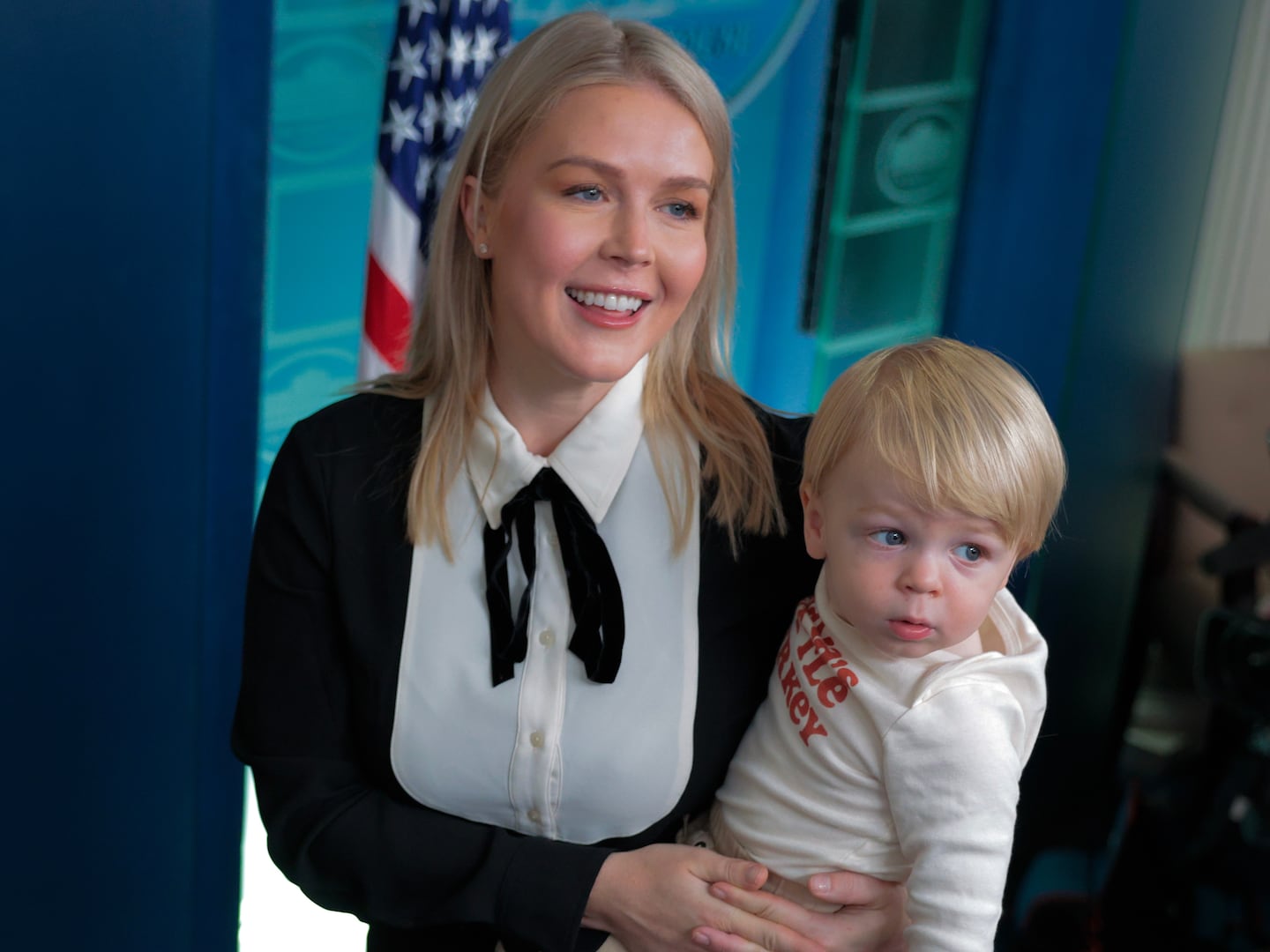It was a particularly swell party, an unusual mix of art world heavy hitters—Julian Schnabel, Frank Stella, Jeffrey Deitch—and presences from elsewhere on the cultural landscape, such as Charlie Rose and Jay McInerney.
This was unsurprising, being that it was in Jeff Koons’ studio, then on Broadway, and the occasion was David Bowie both launching 21 Publishing, an art book enterprise there, and presenting their first volume, a work of non-fiction by the Brit novelist William Boyd, which tells the tale of the short and tragic life of the American artist, Nat Tate.
This was on April 1, 1998, a date that nobody seemed to find significant, and that this was not your ordinary art party was made clear when somebody appeared at my elbow and told me that Bowie would like a word.
I joined a small line, just behind Billy Corgan of Smashing Pumpkins. So it was a standard celeb party. Not.
Some days later the Brit paper, The Independent, ran a piece by its arts editor, David Lister, who observed that various (unnamed) guests had told him of going to shows of Tate’s work in the late ’60s, and also how very much they had been saddened by his untimely death.
But Lister also let it be known that “Nat Tate” was an invention of William Boyd. Super-duper scoop!
Other writers weighed in gleefully, worldwide. “I was interviewed by radio stations and newspapers around the world,” Boyd later wrote. “I had a 20-minute interview on the late-night news-magazine program on BBC TV. And so on and so forth. And thus the myth of the great Nat Tate art hoax was born.”
Indeed “myth” seems rather an appropriate word for Boyd to pick because as a hoax the Nat Tate party might be history, but as a Brit triumph over the credulity and pretensions of the New York art world the Nat Tate Party was just picking up steam.
Boyd would later explain his literary motivations for the hoax. “I’d been toying with the idea of how things moved from fact to fiction,” he said, “and I wanted to prove something fictive could prove factual.
“The plan had been to slowly reveal the fiction over a long period of time, but it didn’t really work like that.”
He also let it be known why he had targeted the art world in particular.
The notion had come to him when the Young British Artists were high in the saddle.
“The air was full of Hirst and Emin, Lucas, Hume, Chapman, Harvey, Ofili, Quinn and Turk,” he said. “My own feeling, contemplating the unending brouhaha, was that some of these artists—who were never out of the media and who were achieving record prices for their artworks—were, to put it bluntly, and perhaps a little unkindly, ‘not very good’.”
This reads a bit oddly right now, I think. The YBAs seem still lively and juicy, compared with the glib Abstractionists, silting up high-end New York galleries.
Twelve years after the Nat Tate party Boyd published a piece in Harper’s Bazaar, headlined “The Biggest Art Hoax in History.”
In this, Boyd pointed out that the event had spawned three documentaries.
Indeed, yes. In 2005 I was contacted by Nicola Irvine, a television producer, who was engaged in putting together a project for Granada concerning the Nat Tate party. She asked if I had realized the book was a hoax?
She brought to my attention a story by the reporter David Usborne, also in The Independent, in which I was quoted, saying, "So many bad artists exist, I would much rather hear about a good one who didn’t …”
“Mr Haden-Guest,” Usborne reported, “was also generous enough to imply that he was among those not aware Tate had sprung from Boyd’s imagination.”
I had added that, “I accepted that someone like that existed. They are always digging up strange people. I mean I thought he was perhaps some kind of outsider artist. I though he was another of these black share-croppers or something.”
Clearly, I had in mind the remarkable Bill Traylor, but that had been a bad guess.
The “Nat Tate” invented by William Boyd was neither an Outsider nor a folk artist but an Abstract Expressionist, a younger man hanging out on the fringes of the world of Pollock and de Kooning.
Then at the age of 31 he had burned almost all of his work and thrown himself off the Staten Island Ferry. His body was never recovered.
Well, the truth is that Boyd is an accomplished novelist, but I haven’t read Nat Tate: An American Artist: 1928–1960 to this day.
At some stage Bowie read a passage from the book but readings aren’t always magnets at a party and somehow I missed that. I have since learned that the chunk Bowie chose describes the artist’s heart-rending final days, but I cannot say I remember this being mentioned during the so-called Biggest Art Hoax in History.
William Boyd’s Harper’s Bazaar piece was prompted by the fact that a “Nat Tate”—there being, of course, no pretense that it was “real”— had sold at an auction in Sotheby’s, London, in November 2011 for 7,250 pounds sterling.
Boyd closed his piece, exulting that, “Tate doesn’t need me anymore; he’s on his own. Nat lives!” In London, fine. But in his hometown, New York, the invented artist had never been well enough remembered to be forgotten.
I will add only that on September 4, 1998, five months after the Nat Tate party, Larry Page and Sergey Brin, who had dreamed up Google as students at Stanford University, incorporated it as a private company. Nowadays even the most diligent community of Chinese hackers might find it hard to flesh out a plausible Nat Tate scenario, let alone two engaging Brits: a novelist, and a rock star.






